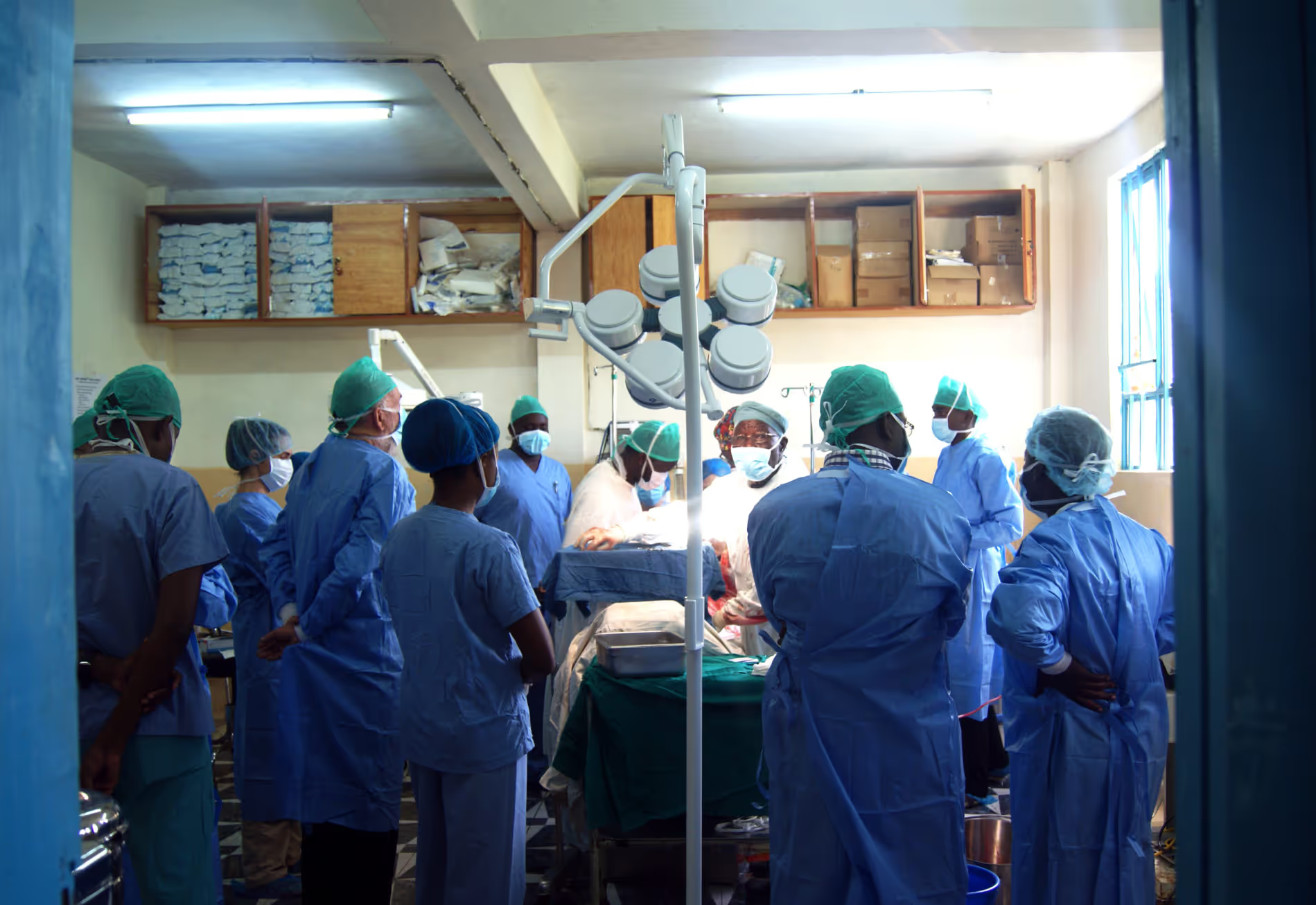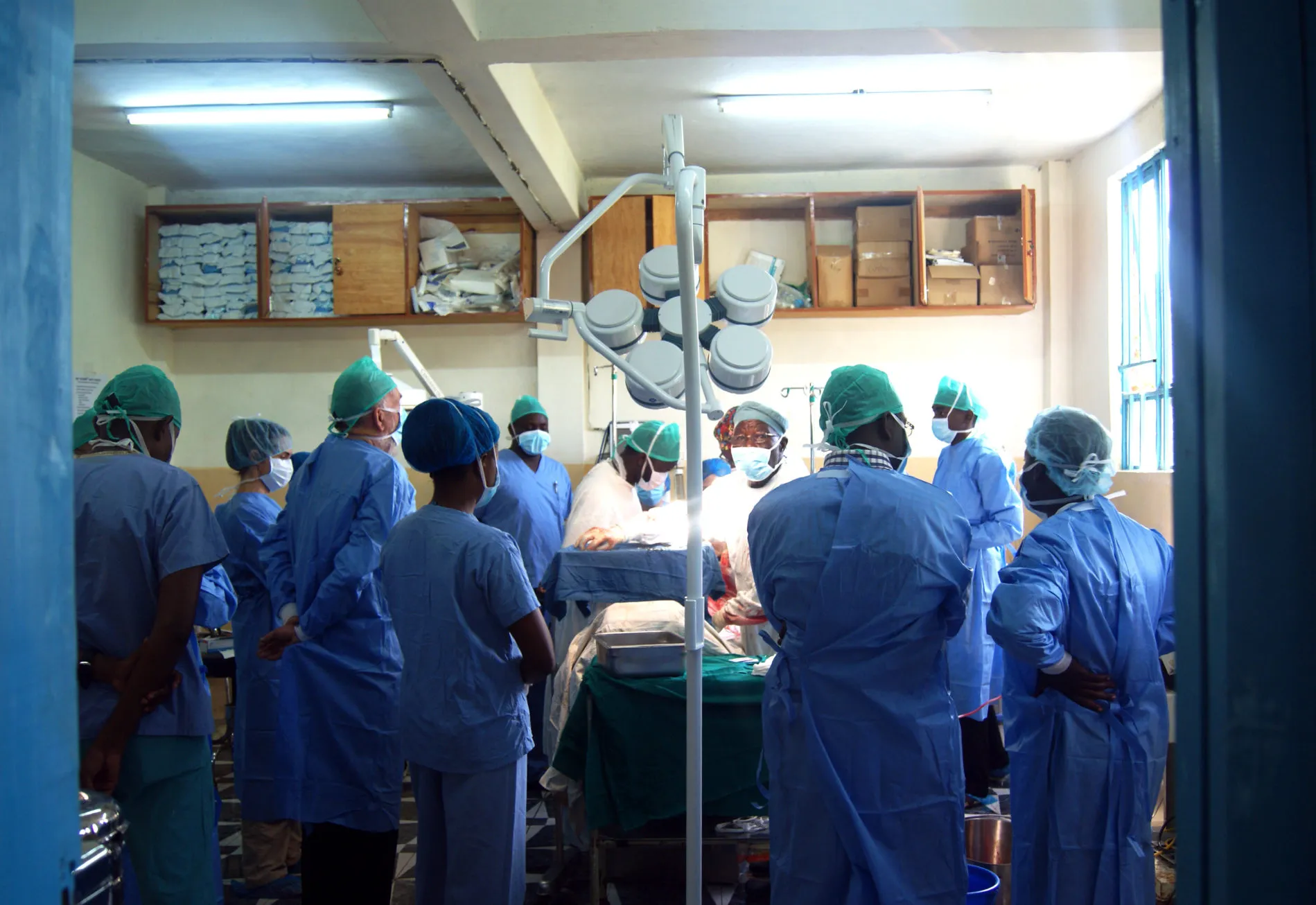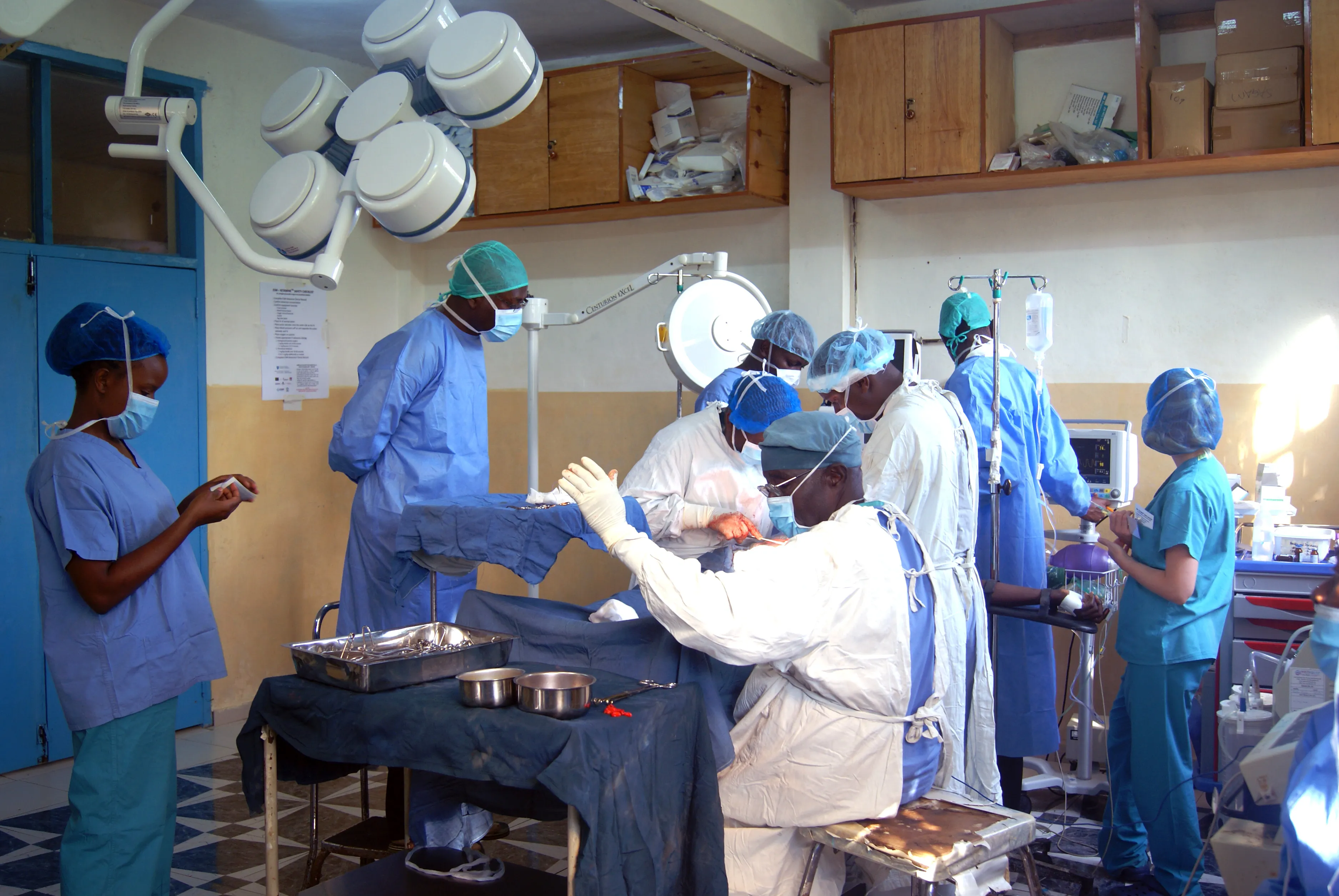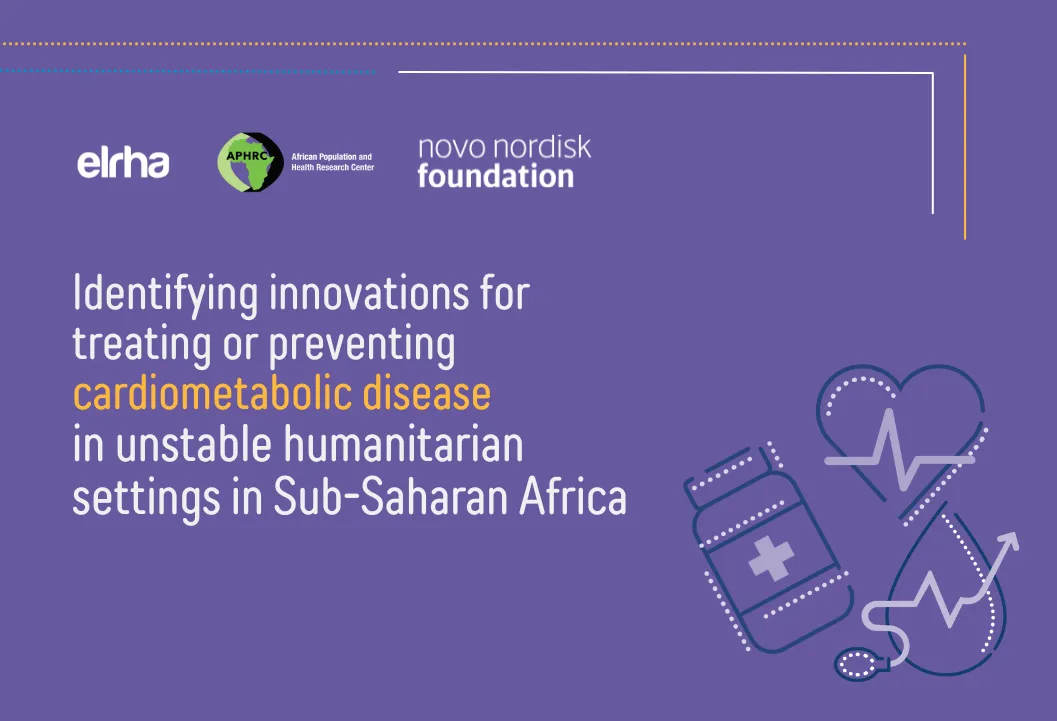Closing the 'anesthesia gap' in the face of unexpected challenges

As our in-country partner, Sagam Community Hospital (SCH) is the central training hub for ESM-Ketamine providers, we sat down with Mr. Javan Imbamba, a Clinical Officer at SCH, and Mr. Jacktone Juma, a consultant anesthetist in the Siaya County region, to discuss their experiences to-date. Both clinicians provide training and supervisory support to the ESM-Ketamine program, and Mr. Imbamba is the Champion Provider at SCH.
As our in-country partner, Sagam Community Hospital (SCH) is the central training hub for ESM-Ketamine providers, we sat down with Mr. Javan Imbamba, a Clinical Officer at SCH, and Mr. Jacktone Juma, a consultant anesthetist in the Siaya County region, to discuss their experiences to-date. Both clinicians provide training and supervisory support to the ESM-Ketamine program, and Mr. Imbamba is the Champion Provider at SCH.

What challenges, if any, have there been and how have you resolved these challenges?
Javan: Communication has been one challenge we have faced while in contact with Garissa and Turkana County facilities. In order to overcome this issue we’ve established various means of communications with facilities in the county. This includes text messages, email, cell phone calls, sometimes WhatsApp, and weekly calls to check-in with the facilities.
Javan: Another challenge we have faced is access to health care services, specifically, care tailored to emergency procedures. It is very hard to provide quality care in both regions because health facilities are spread out, and access can sometimes be difficult. For instance, the average distance to the nearest health facility in Garissa County is 35km. This has proved to be a major challenge.
Juma: One way to overcome this challenge is to work with the local providers in these counties. Early treatment, intervention, and timely urgency to a nearby hospital can help save lives. We can also train more providers from these regions. This will create continuity amongst providers and effectively help communities.

Javan: The ongoing health strikes throughout last year were a significant challenge. At one point, we were going into our seventeenth week of the nurses' strike and the second week of the clinical officers' (COs) strike in all public health facilities. With the nurses and COs on strike the number of services offered in public hospitals has dramatically decreased. Emergency and operative procedures continued, but were severely limited due to less staff. As the central hub for ESM-Ketamine training we have to be very active with our providers in these counties especially during the strike. We have to make sure we are there for our providers and offer support.
How have you been working with health facilities in Turkana and Garissa County?
Javan: Since the implementation of ESM-Ketamine in both counties we have worked hand in hand with county health teams and providers from both an administrative and clinical standpoint.
We have been in contact with county health officials such as the county health governors, county ministry of health, and medical superintendents of different hospitals. As Juma mentioned, we are going to visit the facilities in both counties soon, and I’m looking forward to establishing stronger relationships with the local leaders as well as our providers.

Juma: In each facility we partner with, we have also been in contact with the Ketamine champions, a point person for each facility, in terms of data collection and clinical inquires.
Stay updated
Sign up for our newsletter to receive regular updates on resources, news, and insights like this. Don’t miss out on important information that can help you stay informed and engaged.
Related articles

.png)

Explore Elrha
Learn more about our mission, the organisations we support, and the resources we provide to drive research and innovation in humanitarian response.